15 Ng. 100 Đ. Nguyễn Xiển, Thanh Xuân Nam, Thanh Xuân, Hà Nội 100000
Tucked away in the far reaches of Cambodia's northeast, bordering Laos and Vietnam, lies Ratanakiri – a province that stands in stark contrast to the familiar rice paddies and ancient temples of the lowlands. This rugged, untamed frontier is a land of vibrant red earth, rolling hills, dense primary forests, and glistening volcanic lakes, serving as the ancestral home to numerous indigenous ethnic groups. Ratanakiri offers a truly adventurous and deeply immersive experience for those seeking to connect with raw nature and rich cultural heritage.
If your spirit yearns for trekking through pristine jungles to discover hidden waterfalls, swimming in the crystalline waters of a volcanic crater lake, engaging respectfully with diverse tribal communities, and experiencing a side of Cambodia that feels truly off the beaten path, then Ratanakiri beckons with an irresistible call. It’s a place where ancient traditions persist, where the rhythm of life is dictated by nature, and where every encounter feels like a discovery.
This extensive guide will take you on an in-depth exploration of Ratanakiri, revealing its profound natural beauty, showcasing its most impactful cultural encounters, and providing invaluable tips to help you plan an enriching and responsible visit. From the sacred waters of Yeak Laom Lake to the cascading wonders of Ka Chanh and Katieng waterfalls, and from the vibrant rhythms of indigenous village life to the fascinating world of gem mining, prepare to be utterly captivated by the wild charm and authentic spirit of Cambodia's "wild east."
Ratanakiri's distinct character is deeply rooted in its geography and its people. The name "Ratanakiri" itself is derived from the Sanskrit words "ratana" (gems) and "kiri" (mountain), reflecting its geological richness and undulating terrain. Unlike much of Cambodia's flat central plains, Ratanakiri is characterized by its undulating hills, dense forests, and its famous red laterite earth – a legacy of ancient volcanic activity that left behind incredibly fertile soil.
For centuries, Ratanakiri has been the ancestral land of numerous indigenous ethnic groups, collectively known as the "Chunchiet." These include the Jarai, Kreung, Tampuan, Brou, and Kachok, among others. Each group possesses its unique language, customs, animist beliefs, traditional dress, and longhouse architecture. Their lives are intimately connected to the land and the forest, shaping their farming practices, spiritual rituals, and daily existence.
During the colonial era and later conflicts, Ratanakiri remained relatively isolated, which helped preserve its cultural diversity and natural environment. More recently, the province has faced challenges from illegal logging and land encroachment, but growing awareness and the rise of responsible tourism have provided new avenues for conservation and sustainable development, supporting indigenous communities in protecting their ancestral lands and traditions.
Today, Ratanakiri is a beacon for adventure and cultural tourism in Cambodia, offering a chance to experience a different side of the nation, where development is balanced with preservation, and where the natural world and indigenous traditions are celebrated.
Ratanakiri's appeal lies in its immersive experiences, offering a blend of breathtaking natural beauty, impactful cultural encounters, and authentic insights. Here’s a detailed exploration of the must-do activities and sights:
This is arguably Ratanakiri's most iconic natural landmark and a primary reason many travelers visit the province. Yeak Laom (or Yak Lom) is a perfectly circular, 700,000-year-old volcanic crater lake with unbelievably clear, emerald-green waters, surrounded by lush forest.
Visiting Yeak Laom is not just a swim; it's a serene and culturally enriching experience that directly supports responsible tourism.
Located just a short distance from Banlung, Ka Chanh (or Ka Chah) is a powerful, multi-tiered waterfall that cascades over a wide rock face.
Ka Chanh is a popular spot for both locals and tourists to cool off and enjoy nature.
Another beautiful waterfall near Banlung, Katieng (or Katieng) offers a more serene and picturesque setting compared to the powerful Ka Chanh.
Ratanakiri is home to numerous indigenous ethnic groups, and visiting their villages offers a profound cultural experience.
A cultural exchange with Ratanakiri's indigenous groups offers a rare and valuable insight into Cambodia's diverse ethnic landscape.
Ratanakiri is historically known for its gemstones, particularly zircons, sapphires, and rubies, extracted from the rich red earth.
Beyond Ka Chanh and Katieng, Ratanakiri has several other beautiful waterfalls, often requiring more adventurous treks to reach.
Banlung is the sleepy provincial capital of Ratanakiri and serves as the primary base for exploring the surrounding attractions.
Banlung is a practical and authentic place to organize your adventures and immerse yourself in the unique atmosphere of Ratanakiri.
Ratanakiri offers fantastic opportunities for multi-day jungle treks, often incorporating overnight stays in indigenous villages or basic jungle camps.
While elephant trekking has historically been offered in Ratanakiri, it is crucial to understand the severe ethical concerns associated with such activities.
To make the most of your immersive Ratanakiri adventure, consider the following practical tips:
Getting There:
Getting Around Ratanakiri:
Accommodation:
Banlung offers a range of guesthouses and a few mid-range hotels, mostly basic but clean and comfortable. Expect simpler amenities compared to major tourist hubs. Booking in advance, especially during peak season (November-February) or local holidays, is advisable, though rarely essential.
Best Time to Visit:
The best time to visit Ratanakiri is during the dry season, from November to February. The weather is cooler, less humid, and more comfortable for trekking and exploring. Roads are generally in better condition. The hot season (March to May) can be very warm and dusty. The wet season (June to October) brings lush green landscapes and powerful waterfalls, but also very muddy and challenging roads, which might affect accessibility to some areas and increase mosquito activity.
Food and Drink:
Banlung offers a good selection of local Cambodian eateries, as well as some restaurants offering Western dishes for tourists.
What to Pack:
Cultural Sensitivity and Responsible Tourism:
Ratanakiri is a place where responsible tourism is paramount, especially when interacting with indigenous communities.
Ratanakiri offers a profoundly different and highly rewarding travel experience compared to other parts of Cambodia:
Given Ratanakiri's remote location and the specialized nature of some of its attractions (especially ethical village visits and jungle treks which require local knowledge), having a reliable tour operator like Golden Trail Travel can significantly enhance your trip.
Golden Trail Travel specializes in crafting immersive and memorable tours throughout Cambodia, with a strong emphasis on authentic, responsible, and off-the-beaten-path experiences. Their expertise in logistics, local insights, and commitment to customer satisfaction make them an ideal partner for exploring the unique wonders of Ratanakiri.
Here’s how Golden Trail Travel can enhance your Ratanakiri adventure:
By choosing Golden Trail Travel, you're not just booking a tour; you're securing a meticulously planned and expertly supported journey that unlocks the profound natural beauty, unique indigenous cultures, and wild charm of Ratanakiri with unparalleled ease and deep insight.
"Our Ratanakiri adventure with Golden Trail Travel was beyond amazing! Our guide, who was a local, introduced us to Jarai and Kreung villages with such respect and insight. Yeak Laom Lake was absolutely stunning. They handled all the long bus journeys and local transport so smoothly. It felt like a true expedition. Highly recommend for anyone wanting to go off the beaten path!" – Olivia and Liam K., UK
"Golden Trail Travel organized a fantastic trekking trip in Ratanakiri for us. The jungle was incredible, and our guide was so knowledgeable about the flora, fauna, and indigenous culture. It was challenging but so rewarding. Every detail, from transport to accommodation, was taken care of. A truly authentic experience thanks to them. Visit https://goldentrailtravel.com/ for real adventures!" – David C., Germany
"I wanted to experience a different side of Cambodia, and Ratanakiri was perfect. Golden Trail Travel designed an itinerary that included cultural visits and relaxing by the waterfalls. Their local connections were invaluable, ensuring respectful interactions. They made what could have been a challenging trip very comfortable and enriching." – Priya S., India
Ratanakiri, Cambodia's wild northeastern frontier, offers an extraordinary journey into a landscape of breathtaking natural beauty, profound cultural heritage, and impactful conservation efforts. It's a destination that encourages slowing down, connecting with nature on a deeper level, and engaging with communities whose lives are intricately woven into the fabric of the forest.
From the sacred waters of Yeak Laom Lake and the majestic power of its waterfalls to the vibrant traditions of its indigenous people and the thrill of jungle treks, Ratanakiri promises an adventure that is both thrilling and deeply meaningful. It’s a compelling reason to venture beyond the conventional and discover the wild, authentic heart of Cambodia.
When you're ready to answer the call of Cambodia's untamed northeast, remember that Golden Trail Travel is your trusted partner, dedicated to crafting the perfect, seamless, and unforgettable adventure to Ratanakiri and the very best of Cambodia's wild east. Visit https://goldentrailtravel.com/ today to begin planning your impactful expedition.
Q1: Where is Ratanakiri located in Cambodia? A1: Ratanakiri is Cambodia's northeasternmost province, bordering Laos and Vietnam. Its capital is Banlung.
Q2: What is Ratanakiri most famous for? A2: Ratanakiri is most famous for Yeak Laom Volcanic Lake, its numerous waterfalls (Ka Chanh, Katieng), its vibrant indigenous ethnic groups (Jarai, Kreung, Tampuan, etc.), and its red earth landscape.
Q3: How do I get to Ratanakiri (Banlung)? A3: The most common way is by bus or minivan from Phnom Penh (10-12 hours) or Kratie (4-6 hours). Golden Trail Travel can arrange comfortable transportation options for you.
Q4: How many days should I spend in Ratanakiri? A4: To experience the main highlights, including Yeak Laom Lake, waterfalls, and a few village visits, you should plan for at least 2 full days / 2 nights. For deeper jungle treks or more extensive cultural immersion, 3-4 days would be ideal.
Q5: Can I swim in Yeak Laom Lake? A5: Yes! Yeak Laom is a perfectly circular volcanic crater lake with very clean, clear water, ideal for swimming. It's a sacred site and beautifully maintained by the local community.
Q6: What should I know about visiting indigenous villages? A6: Always visit with a reputable local guide who understands local customs. Dress modestly, ask for permission before taking photos, and be respectful of their traditions. Avoid giving money or sweets directly to children. Support communities by purchasing authentic local crafts.
Q7: Is it safe to drive a motorbike in Ratanakiri? A7: Roads in Ratanakiri, particularly off the main routes, are often unpaved red dirt, which can be dusty in the dry season and very muddy/slippery in the wet season. Only experienced riders should rent motorbikes. Hiring a motodop (motorcycle taxi driver) or taking an organized tour is generally recommended.
Q8: What is the best time to visit Ratanakiri? A8: The dry season, from November to February, is generally considered the best time. The weather is cooler and less humid, and roads are typically in better condition for exploring.
Q9: What kind of wildlife can I expect to see in Ratanakiri? A9: While large animal sightings are rare, Ratanakiri is excellent for birdwatching. With longer, guided jungle treks, you might have a chance to spot gibbons or other smaller mammals, but patience and luck are key.
Q10: How can Golden Trail Travel help me plan my Ratanakiri trip? A10: Golden Trail Travel offers comprehensive Ratanakiri tours. They can arrange all your transport (including long-distance and local), crucially provide experienced local guides for cultural visits and jungle treks, assist with accommodation, and customize your itinerary to ensure a seamless and impactful adventure into Cambodia's wild northeast. Visit https://goldentrailtravel.com/ to start planning.
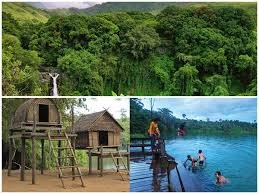
.jpg)
Bac Ninh cycling lets you experience the beautiful Vietnamese countryside in the northern Vietnam. Pedaling on the back roads, through rural village lanes while greeting local farmers and school kids as you pass by, all add to an immersive experience!
May 28, 2025
.jpg)
Electric bikes, or e-bikes use rechargeable batteries to assist cyclists with a small electric motor. E-bikes are particularly suitable for holidays, as they allow people who do not share the same level of fitness to enjoy cycling activities together. Cycling in Vietnam with our electric bicycles is a truly amazing experience — They help cyclists ride longer distances per day trip, and navigate routes with uphill sections more easily. This makes a wider range of destinations accessible to a wider range of cyclists, including senior cycling tourists. Wandering through rural villages, eating delicious food, and enjoying this country’s great landscape. From long-distance treks to shorter rides and sightseeing, there is a route for everyone!
May 28, 2025
.jpg)
We have a wide range of kids bikes for our bike tours in Hanoi Vietnam. Our small bicycles are used for both boys and girls. There is no difference between boy bikes and girl bikes. The bike frame is the same – Children’s bikes are sized by wheel rather than frame because it’s the wheels that determine the proportions of the rest of the bike. Make sure your child can operate the brake and gear levels comfortably, and that the pedals are positioned for safe stopping.
May 28, 2025
.jpg)
A single speed bicycles or a fixed gear bike is a type of bicycle with a single gear ratio. These bicycles are without derailleur gears, hub gearing or other methods for varying the gear ratio of the bicycle. There are many types of single speed bicycles such as single speed bikes for children, cruiser type bicycles, classic commuter bicycles, unicycles, bicycles designed for track racing, fixed-gear road bicycles, and single-speed mountain bikes.
May 28, 2025
.jpg)
Mountain bikes are designed to be ridden over rugged terrain and technical trails with logs, rocks, roots and other obstacles. They have a sharp frame geometry that puts the rider in a commanding position to pedal and climb efficiently. They have lower gear ratios that allow riders to pedal through steep and difficult terrain. Because of their intended use, mountain bikes are sturdy and overbuilt to handle the abuse of the trails. They usually have larger, heavily knobbed tires and strong brakes like hydraulic disc brakes. Many mountain bikes feature a kind of suspension shock over the front tire or both front and rear, allowing the frame to comply with the bumps, jumps and challenges of the trail.
May 28, 2025
.jpg)
Giant are the world’s leading brand for quality and safety in bikes. Giant Anyroad bicycles are designed with a lightweight yet durable ALUXX alloy frame featuring a taller headtube and increased toptube stand-over distance for confident handling.
May 28, 2025
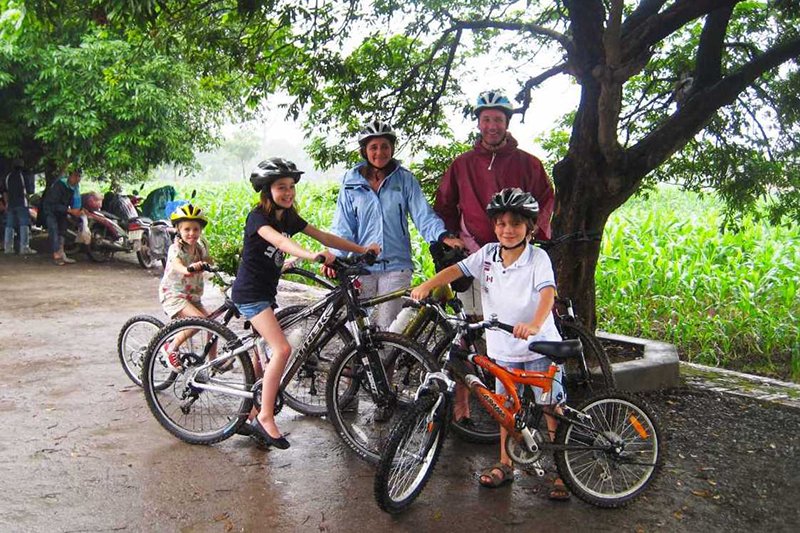
Hanoi Cycling lets you experience the beautiful countryside of the Vietnam’s capital, as well as rural Hanoi village life from up close. Pedaling on the back roads, through countryside lanes while greeting local farmers and school kids as you pass by, all add to an immersive experience!
May 28, 2025
.jpg)
Hybrid bicycles are a combination of a road bike and a mountain bike. Hybrid bikes feature relaxed frame geometry and raised handlebars, meaning that you sit up straigh
May 28, 2025
.jpg)
At the inaugural night tour of Cuc Phuong National Park in northern Vietnam on Saturday, close to a hundred visitors took part in a variety of activities.
A park spokesman said that most visitors were excited to take part in the trip.
May 28, 2025
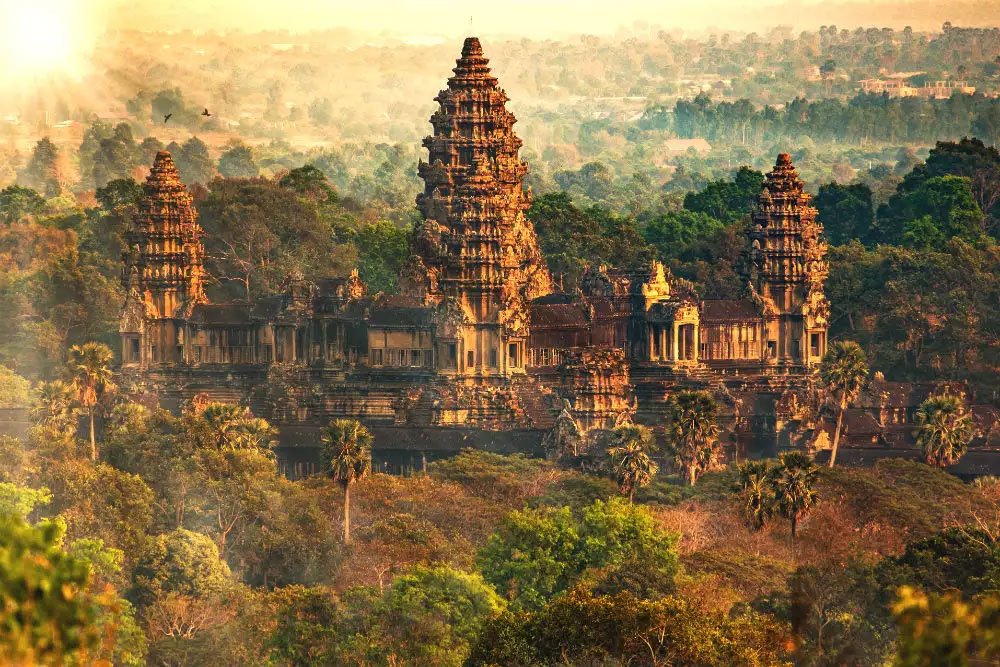
In Cambodia, the climate is tropical, and stays warm all year long. It is governed by the monsoon winds, so that this country has two main seasons in a year.
May 28, 2025
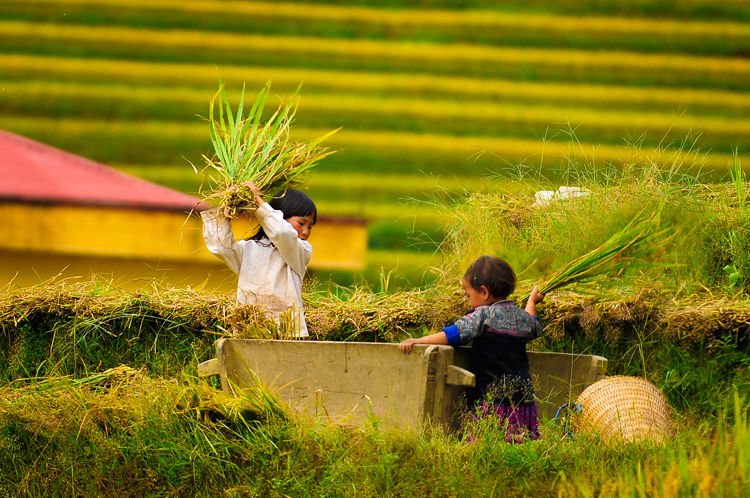
Mu Cang Chai is a highland district of Yen Bai province, about 280km from Hanoi. Each season, this place receives thousand domestic and international tourists. The district lies at the foot of the Hoang Lien Mountains, at an altitude of 1,000 m above sea level. To reach Mu Cang Chai district, go through Khau Pha pass - one of the four Great Passes of the Northwest.
May 28, 2025

People said that “If one has not visited floating market, he has not visited the south-west of Vietnam”. Literally, floating markets which have been around for a long time make the liveliest part of life in the south-west, the land of rivers, canals and ditches.
May 28, 2025

If you are in Vietnam on September 2, you will feel the extraordinary daily life of Vietnamese people. So what activities are recommended on this day?
May 28, 2025
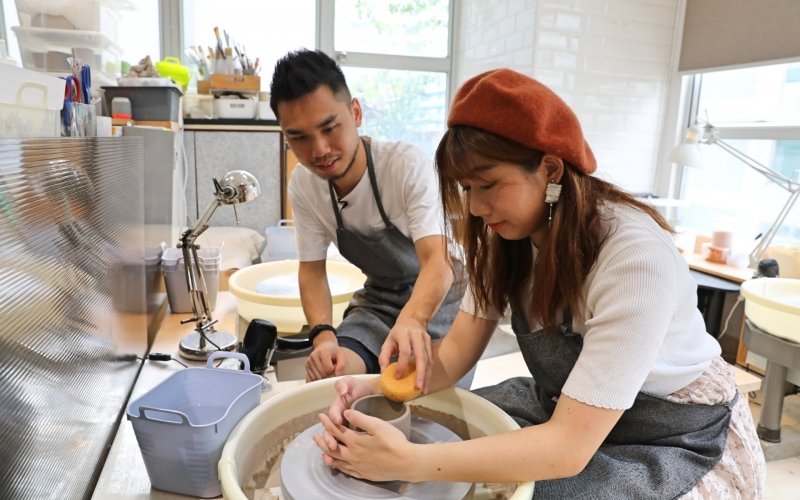
Pottery class Bat Trang is one of activity with unique experience which help people to reduce stress and improve the creativity.
May 28, 2025
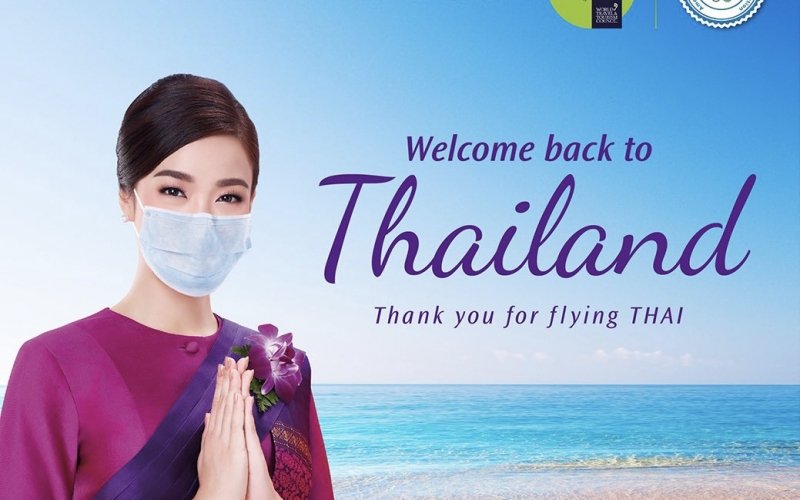
Prime Minister Prayut Chan-o-cha says Thailand will open the country to visitors from 46 countries instead of only 10 Covid-19 low-ríkyy countries announced earlier, starting from Nov 1.
May 28, 2025